c
10 Essential Things for Every Home Studio
Making an own home studio is the dream of every musician and producer.
But of course, it requires time and budget. Therefore, it’s not done overnight.
If you want to make a list of the necessary equipment to make your home studio, then keep reading this article.
Today we will see the 10 essential things for every home studio.
10 Essential Things for Every Home Studio
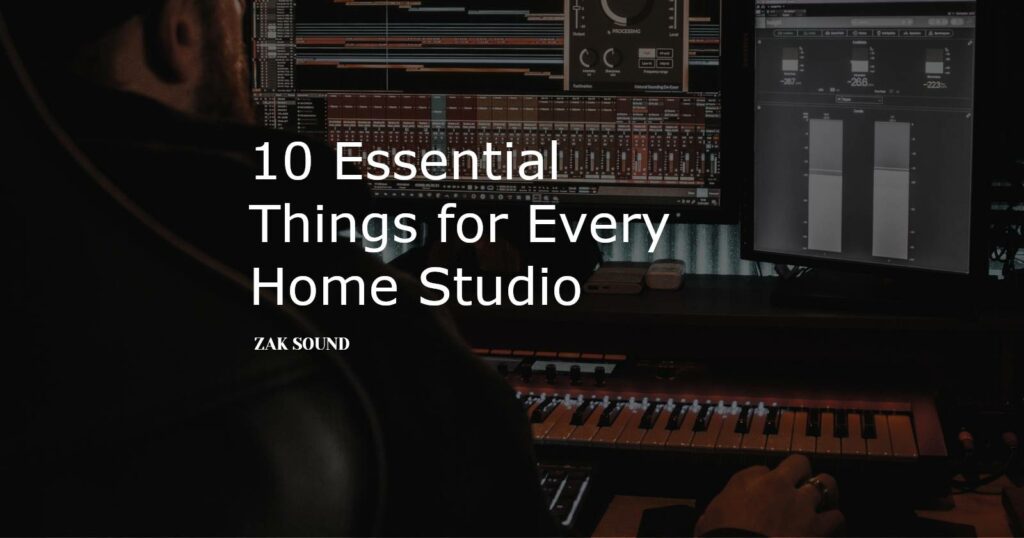
Computer
This is obvious. The PC.
Some people find a laptop more useful, and others a desktop computer.
The advantage of having a laptop is that you can take it to different places if you need to record outside the studio.
And the desktop computer’s advantage is that it’s much more comfortable to work with, especially due to the size of the screen.
DAW
On the computer, the key element for working with music production is the DAW (Digital Audio Workstation).
With the DAW, you can manage everything to make recordings, add virtual instruments and effects (plugins), mix, master, etc.
It’s the work center of the home studio.
In addition, in the DAW, you can also handle the equipment connected to the PC (the audio interface and the MIDI keyboard).
Some of the most famous DAW options are:
- Ableton Live
- FL Studio
- Logic Pro X (macOS only)
- Pro Tools
- Cubase
There are also other less famous but equally good DAWs like Reaper (very cheap), Bandlab Cakewalk (free), Bitwig Studio (alternative to Ableton), or Presonus Studio One.
Plugins
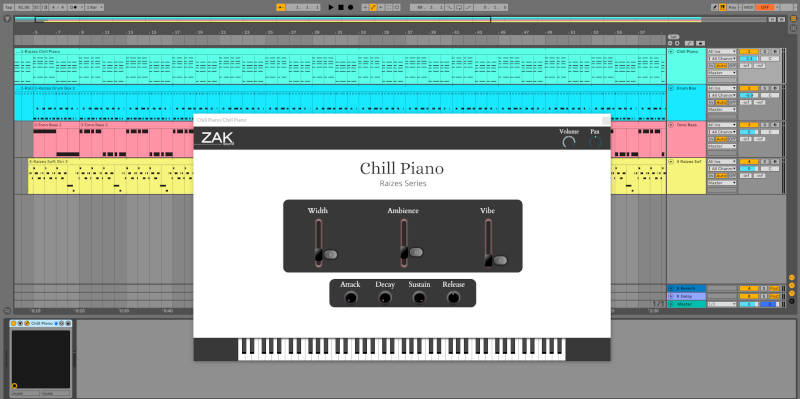
Plugins (VST / AU) work inside DAWs.
Within home studios, plugins became an essential tool for producing.
There are two categories:
- Instrument plugins: These are virtual instruments, such as a piano, bass, synthesizer, kalimba, etc.
- Effects plugins: These are emulations of effects, such as reverb, delay, distortion, etc.
Generally, all DAWs come with a stock of plugins, but you can also download external plugins and add them to your DAW. There are tons of plugin providers.
Here at ZAK Sound, we make instrument plugins, and we have many for free. You can take a look at what we have.
Audio interface
The audio interface is the intermediary for connecting the audio equipment to the DAW on the computer.
It’s a device to improve the audio connection of your computer since PCs are not prepared for it.
The audio interface has inputs and outputs. Microphones and instruments are connected to the inputs; and on the outputs, you can connect your headphones or studio monitors.
There are many audio interfaces, but basically, to choose one, check the number of inputs and outputs. If it’s enough for you, it is a good option.
There are also other technical factors that you can check, such as:
- Dynamic range: It’s the difference between the strongest signal and the softest signal. It is typically measured in dB (decibels), and the louder, the better.
- THD+N: Total Harmonic Distortion + Noise. It’s the amount of noise and distortion it processes; the lower the value, the better.
- Gain range: The gain range of the preamps play a crucial role in capturing audio with better precision and power. It is measured in dB; the higher the number, the better.
But usually, all audio interfaces have a good level of these parameters.
Studio monitors
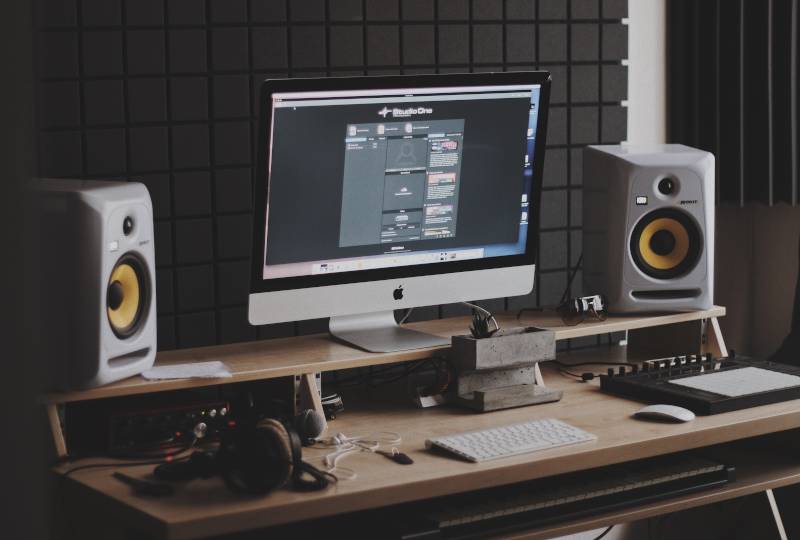
Studio monitors are the ideal way to mix your productions with precision.
They’re characterized by having a flat response to the frequency range of what we hear. This allows us to mix accurately.
Without studio monitors, it’s hard to learn to mix.
Generally, conventional headphones and speakers tend to color the sound, which doesn’t help to mix objectively.
So studio monitors are a must.
Headphones
Within the area of headphones, we have two categories:
- Closed-back headphones: Serve as a reference to listening to the background track while recording vocals or instruments.
- Open-back headphones: Open-back headphones of high range serve as an alternative (or complement) to studio monitors for mixing.
It’s preferable to get first closed-back headphones for a new home studio that already has studio monitors. The recording musician or vocalist can hear the background track and the metronome (click). And the advantage is that the sound isn’t heard in the environment since it keeps it inside the headphones. This helps prevent the metronome from being heard in microphone recordings.
Microphones
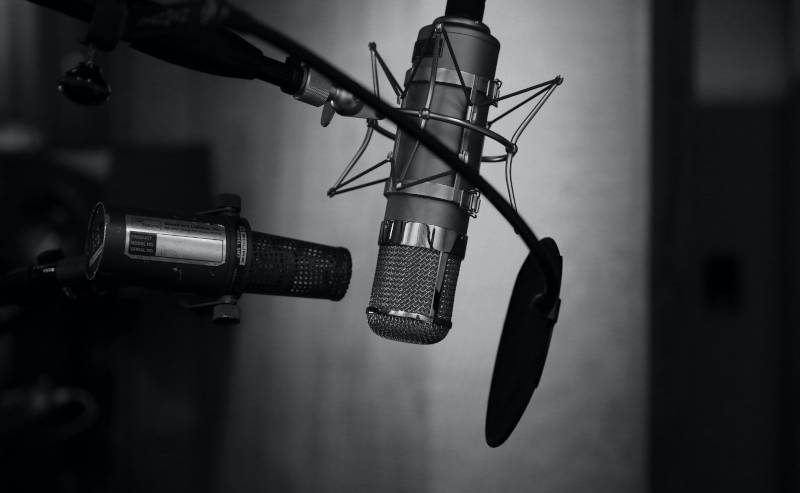
Another essential thing for every home studio is the microphone.
Both condenser and dynamic microphones are helpful in the home studio.
But if you want to start with one, the best entry option is usually the condenser.
Condenser microphones allow you to record vocals and instruments with a wide range of frequencies. It’s a versatile type of microphone that is suitable for many uses.
So, it’s a microphone that can be used for many things for not much money.
Once you already have a condenser one, you can consider a dynamic one. The Shure SM57 is one of the most famous models and also very affordable.
Dynamics mics are mainly used for recording close-up instruments, like guitar amps or drum parts.
MIDI controller
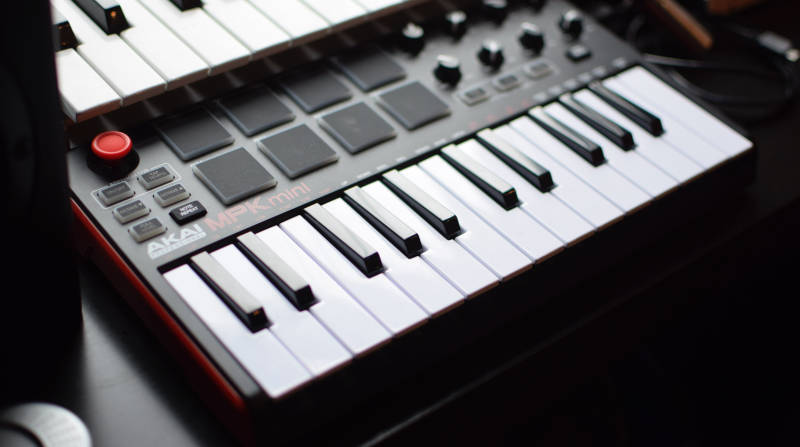
MIDI controllers have become very useful in the home studio in recent years.
The most popular MIDI controller is the MIDI keyboard.
If you have a digital piano or keyboard at home, then it may have a MIDI connection (the 5-pin one).
Via MIDI, you can play and record the notes of virtual instruments (plugins) in your DAW with your physical keyboard.
This allows you to add more realism to the plugins, as the DAW captures the intensity with which you play, the slight imperfections of the tempo, and the duration of each note.
If you don’t have a digital piano or keyboard, then you can get a MIDI keyboard. It’s simply a keyboard especially created to work with MIDI in the DAW.
There are also other types of MIDI controllers, such as DAW controllers, which allow to handle some DAW parameters in one physical gear, or drum pads, to record drum patterns.
Cables
One of the most underrated things when making a list of things for the home studio is cables.
Cables can not be missing in a home studio.
Make sure you are equipped with plug cables and also XLR. They are used for everything, connecting instruments, microphones, studio monitors, etc.
It’s usually common to have all the equipment.. but the cables are missing.
Acoustic treatment
Once you have all the home studio equipment, it’s time to consider acoustic treatment.
Acoustic panels and bass traps are perfect for home studios
The acoustic panels absorb the medium and high frequencies, while the bass traps the low frequencies.
The acoustic panels are placed on the wall; instead, the bass traps in the upper corners.
You can do both yourself.
To make an acoustic panel, you need wood planks to make the frame, rockwool for the filling, and a piece of fabric to cover it.
Check this video to follow step by step how to do it:
You can check this other video to make bass traps. It’s essentially the same, but with thicker rockwool.
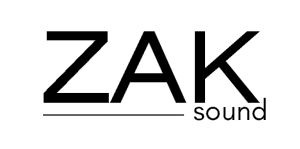

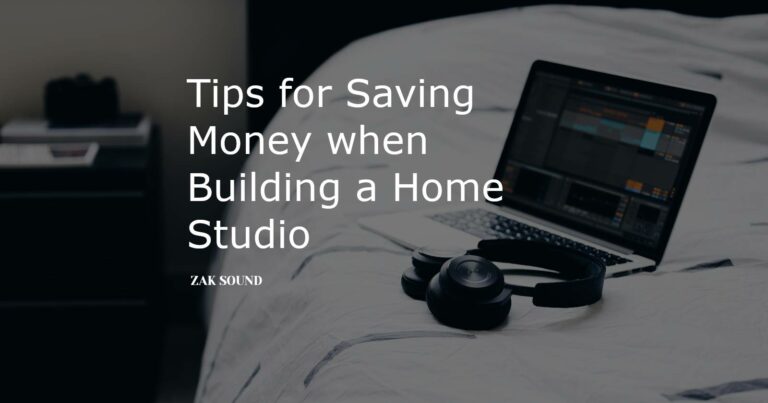
 We use cookies to enhance your experience, analyze site traffic, and personalize content. By accepting, you help us show you more relevant offers and improve your overall experience.
We use cookies to enhance your experience, analyze site traffic, and personalize content. By accepting, you help us show you more relevant offers and improve your overall experience.